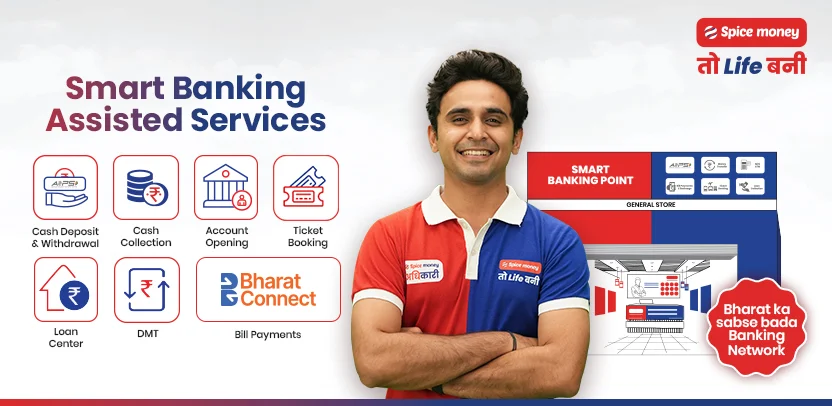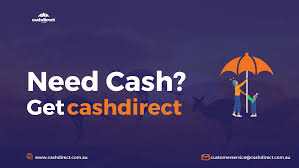The rise of inclusive banking in India has opened the door to a wide range of career opportunities. Among them, the position of a Banking Correspondent has gained prominence. This role bridges the gap between financial institutions and rural or underserved areas, ensuring that banking services are accessible to all. Through Online Kiosk Banking, individuals can offer essential services directly within their communities, improving financial literacy and driving local development.
The need for accessible banking solutions has never been greater. Many people in remote locations still lack direct access to bank branches. Here, Banking Correspondents serve as local points of contact, providing basic financial services including deposits, withdrawals, account opening, and more — all facilitated through online kiosks.
What is a Banking Correspondent?
A Banking Correspondent is an authorized representative of a bank who works independently to offer banking services in areas where full-fledged branches are not present. Their main function is to enable financial transactions on behalf of the bank, using handheld devices, biometric systems, or Online Kiosk Banking platforms. These services may include:
- Opening bank accounts
- Cash deposits and withdrawals
- Money transfers
- Enabling direct benefit transfers (DBT)
- Assisting with government financial schemes
They play a crucial role in extending the reach of banking infrastructure, particularly to the financially excluded populations.
Skills and Qualities Required
Becoming a Banking Correspondent does not necessarily require a formal banking degree, but a few key skills and qualities are essential:
Financial Literacy
A basic understanding of financial products, services, and terminology is important to effectively guide customers and complete transactions.
Communication Skills
Being able to explain banking concepts in simple language is essential, especially when working with individuals unfamiliar with modern banking practices.
Technological Familiarity
Since many services are conducted via digital platforms or Online Kiosk Banking systems, a working knowledge of computers or handheld terminals is highly beneficial.
Trust and Integrity
As a trusted intermediary, maintaining accurate records and handling cash transactions responsibly is a fundamental requirement.
Advantages of Choosing a Career as a Banking Correspondent
Choosing to become a Banking Correspondent comes with several advantages that make it a desirable path for many:
Flexible Work Environment
Banking Correspondents usually operate within their own communities. This allows for a better work-life balance and eliminates the need for relocation or long commutes.
Contribution to Financial Inclusion
This role is not only financially rewarding but also socially impactful. By helping underserved populations gain access to financial services, you are contributing to national development.
Low Initial Investment
Setting up an Online Kiosk Banking system does not require significant capital. With basic equipment and minimal training, you can start offering services quickly.
Regular Earnings
A Banking Correspondent earns a commission or fee for every transaction or service completed. Over time, as customer trust builds, the volume of transactions often increases, leading to steady income.
Steps to Become a Banking Correspondent
Step 1: Meet Basic Eligibility Criteria
You typically need to be at least 18 years old and have completed secondary education. Basic knowledge of computers and digital systems is often required.
Step 2: Apply Through Authorized Channels
Banks or financial service providers may offer registration portals for new applicants. It’s important to apply only through recognized and authorized platforms.
Step 3: Complete Necessary Training
Once selected, you will be trained in operating systems, customer service, and regulatory guidelines. This training is often provided free of cost by the assigning institution.
Step 4: Setup Online Kiosk Banking Infrastructure
You will need basic equipment such as a computer or biometric device, internet connectivity, and a secure location. After setup, you can start offering banking services immediately.
Services Offered by Banking Correspondents
Banking Correspondents offer a wide range of services. These services may vary based on the partnership with the bank or financial entity, but typically include:
- Deposit and withdrawal transactions
- Cash disbursement for welfare schemes
- Mobile and DTH recharges
- Utility bill payments
- Loan application support
- Aadhaar and PAN related assistance
The use of Online Kiosk Banking enables quick service delivery, reducing the dependence on traditional branches.
Challenges in the Role
Though the role of a Banking Correspondent is rewarding, it also comes with its challenges. Some of these include:
- Initial struggle to gain trust in the community
- Inconsistent internet connectivity in rural areas
- Responsibility for managing financial transactions securely
- Continuous need for updating with the latest financial regulations
With proper training and support, these challenges can be managed effectively, and many correspondents go on to build long-term, successful careers.
Growth and Career Development
Being a Banking Correspondent can serve as the foundation for a broader career in financial services. With experience, you can expand into:
- Offering micro-insurance or micro-loan services
- Becoming a supervisor for other correspondents in nearby locations
- Earning higher commissions through increased transaction volumes
- Exploring entrepreneurship in financial service distribution
The scope to grow is substantial for those who are consistent, responsible, and community-focused.
Why Online Kiosk Banking Is the Future
With the growth of digital infrastructure and government initiatives to promote financial inclusion, Online Kiosk Banking continues to evolve. It offers a scalable, cost-effective model to serve millions of people who would otherwise remain outside the financial system. For Banking Correspondents, this evolution provides tools and technologies that make service delivery more efficient, accurate, and accessible.
Conclusion
Choosing to become a Banking Correspondent is more than a job — it’s a career that allows you to be a part of a larger mission to make banking accessible to all. With the support of Online Kiosk Banking, individuals can establish themselves as trusted providers of essential financial services within their own communities.
By taking on this role, you don’t just secure your livelihood — you actively contribute to the financial empowerment of others. Whether you’re just beginning your career journey or looking for a meaningful professional change, stepping into the world of Banking Correspondents can be a fulfilling and impactful decision.





